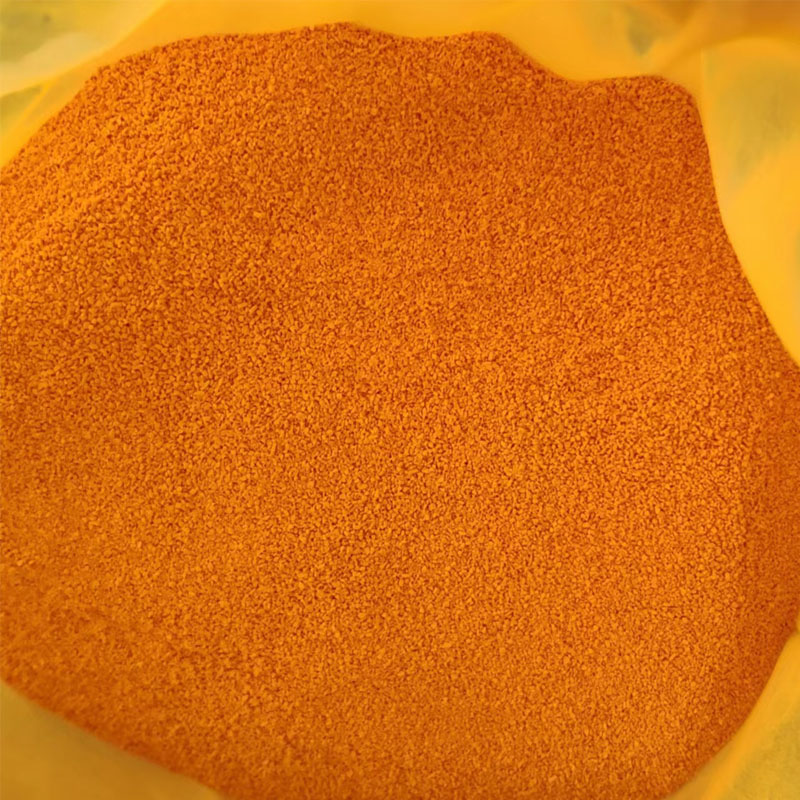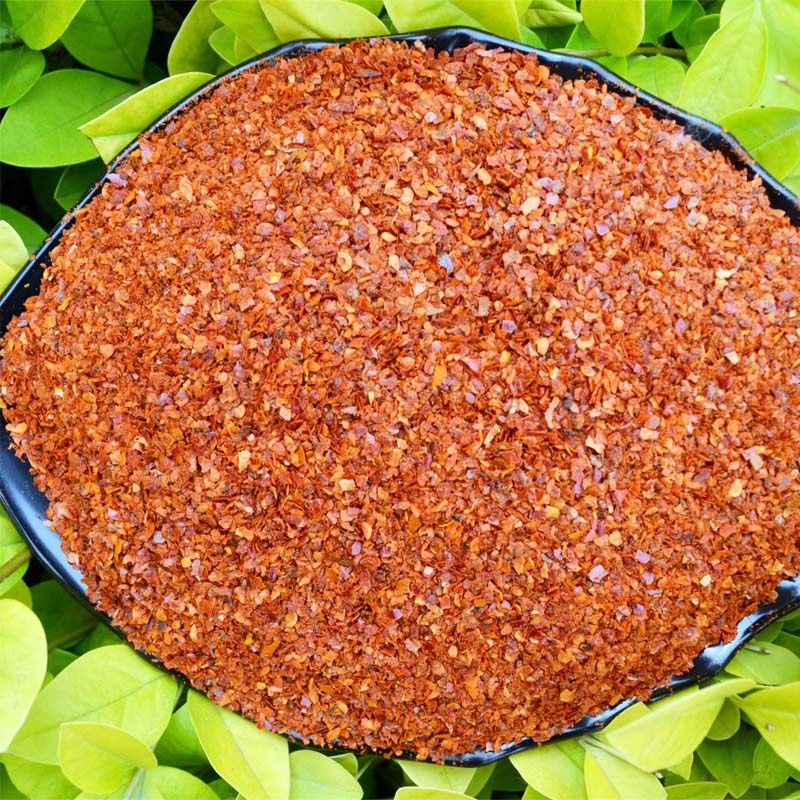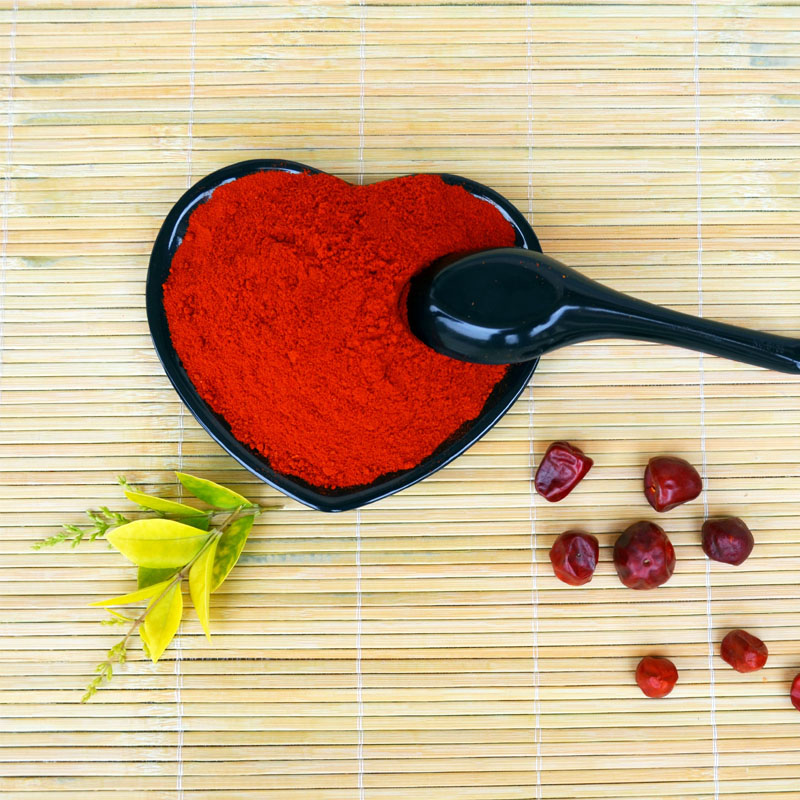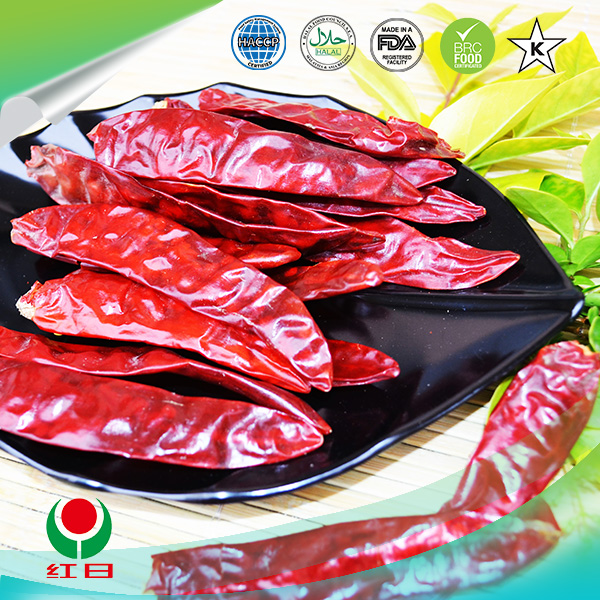- No. 268 Xianghe Street, Economic Development Zone of Xingtai city, Hebei 054001 China
- Byron@hbhongri.cn
red chili powder paprika
The Versatile Charm of Red Chili Powder and Paprika
When we think of spices, a myriad of flavors and aromas come to mind, each contributing uniquely to the culinary tapestry of various cultures. Two spices that stand out both in flavor and versatility are red chili powder and paprika. Though often compared due to their vibrant colors and culinary uses, they possess distinctive characteristics that make them indispensable in kitchens worldwide.
Understanding the Basics
Red chili powder is made from ground, dried chilies, which can vary significantly in heat level depending on the type of chili used. The spice lends a fiery kick and a deep red hue to dishes, making it a favored ingredient in spicy cuisines such as those found in South Asia, Mexico, and certain parts of the Mediterranean. On the other hand, paprika is made from specific varieties of Capsicum annuum peppers. Its flavor profile tends to be milder than that of red chili powder, ranging from sweet and smoky to subtly hot, depending on the type of paprika. Originating from Central America and made popular in Hungarian and Spanish cuisines, paprika showcases a beautiful bright red color, enhancing both the visual appeal and flavor of a dish.
Flavor Profiles and Culinary Uses
The flavor profiles of these two spices significantly influence their use in cooking. Red chili powder is known for its intense heat and bold flavor. It is an essential ingredient in curries, stir-fries, and marinades, where its robust profile can stand up to and complement other strong flavors. Whether used to spice up a traditional Indian dal or to add warmth to a Mexican mole sauce, red chili powder's heat is often the star of the dish.
In contrast, paprika is celebrated more for its vibrant color and mild flavor. It is frequently used as a garnish, as well as a seasoning in dishes like Hungarian goulash, Spanish chorizo, and deviled eggs. The sweetness of sweet paprika can lend unexpected depth to roasted vegetables and soups, while smoked paprika offers a complex, barbecue-like flavor that can elevate everything from grilled meats to potato salads.
red chili powder paprika

Nutritional Benefits
Aside from their culinary significance, red chili powder and paprika also offer various health benefits. Red chili powder is rich in capsaicin, a compound known for its anti-inflammatory properties. It may help boost metabolism, aid digestion, and offer pain relief for certain conditions. Paprika, on the other hand, is packed with antioxidants such as vitamin C and carotenoids, contributing to heart health and improved immunity.
Pairing and Storage Tips
When it comes to pairing, both spices complement a wide array of ingredients. Red chili powder goes exceptionally well with garlic, onions, and tomatoes, while paprika pairs beautifully with herbs such as thyme and parsley. Additionally, both spices can be combined to create unique flavor profiles, allowing for innovative cooking techniques.
Proper storage of these spices is essential to maintain their freshness and potency. Both red chili powder and paprika should be stored in a cool, dark place in airtight containers. It is advisable to use them within six months to a year for the best flavor and aroma, particularly since their volatile oils can degrade over time.
Conclusion
In conclusion, red chili powder and paprika are two remarkable spices that can dramatically alter the flavor and aesthetic of a dish. While red chili powder offers a fiery bite, paprika provides a nuanced sweetness and vibrant color. Whether you are a novice cook or a seasoned chef, incorporating these spices into your cooking repertoire can enhance your culinary creations. As you explore the vast culinary worlds of spices, let red chili powder and paprika inspire you to experiment, create, and most importantly, savor the delicious results.
-
Turmeric Rhizome Powder: A Golden Treasure from Roots to TableNewsJul.28,2025
-
The Versatile Application Of Crushed Red Hot Peppers: Lighting Up The Red Flames On The Dining TableNewsJul.28,2025
-
The Paprika: A Touch Of Vibrant Red In Color, Flavor, And CultureNewsJul.28,2025
-
Ground Turmeric: A Modern Examination of an Ancient SpiceNewsJul.28,2025
-
Capsicum Liquid Extract: Features, Applications, and ChallengesNewsJul.28,2025
-
Application of Capsicum Liquid Extract in FoodNewsJul.28,2025






